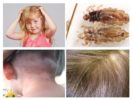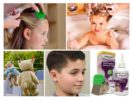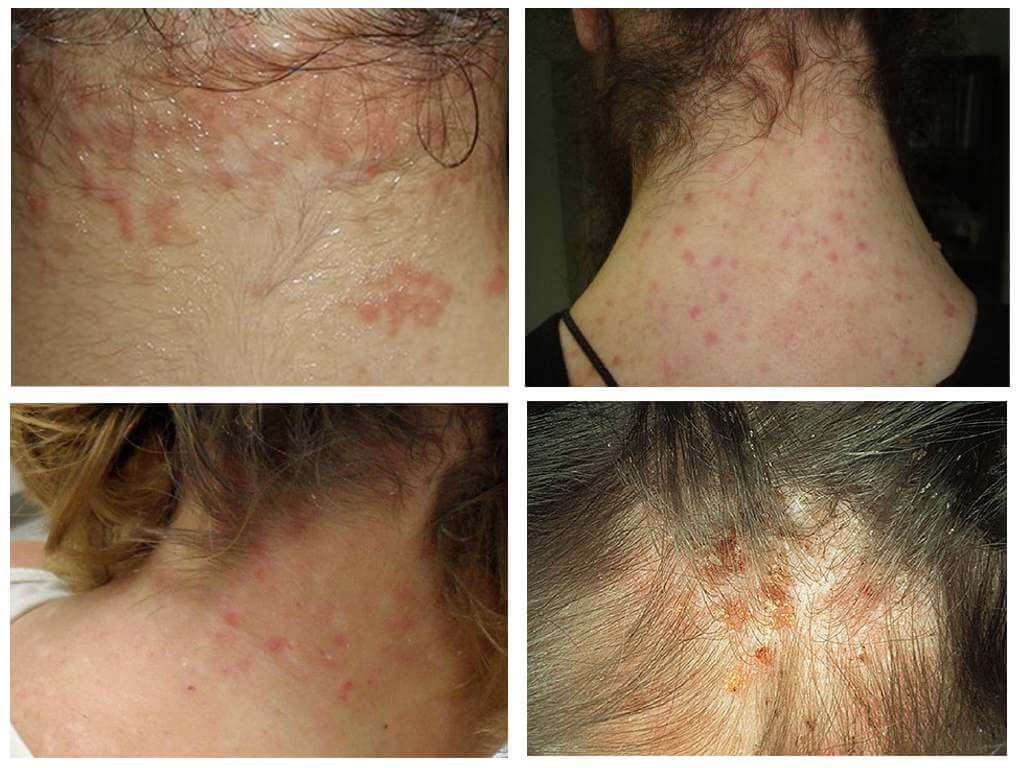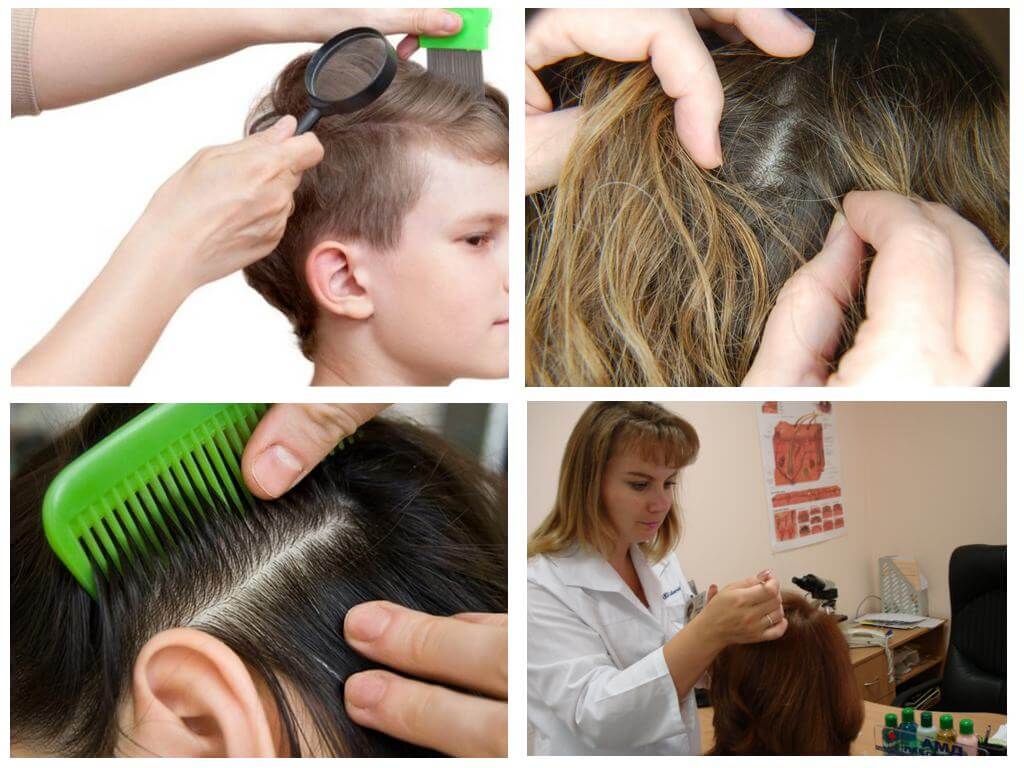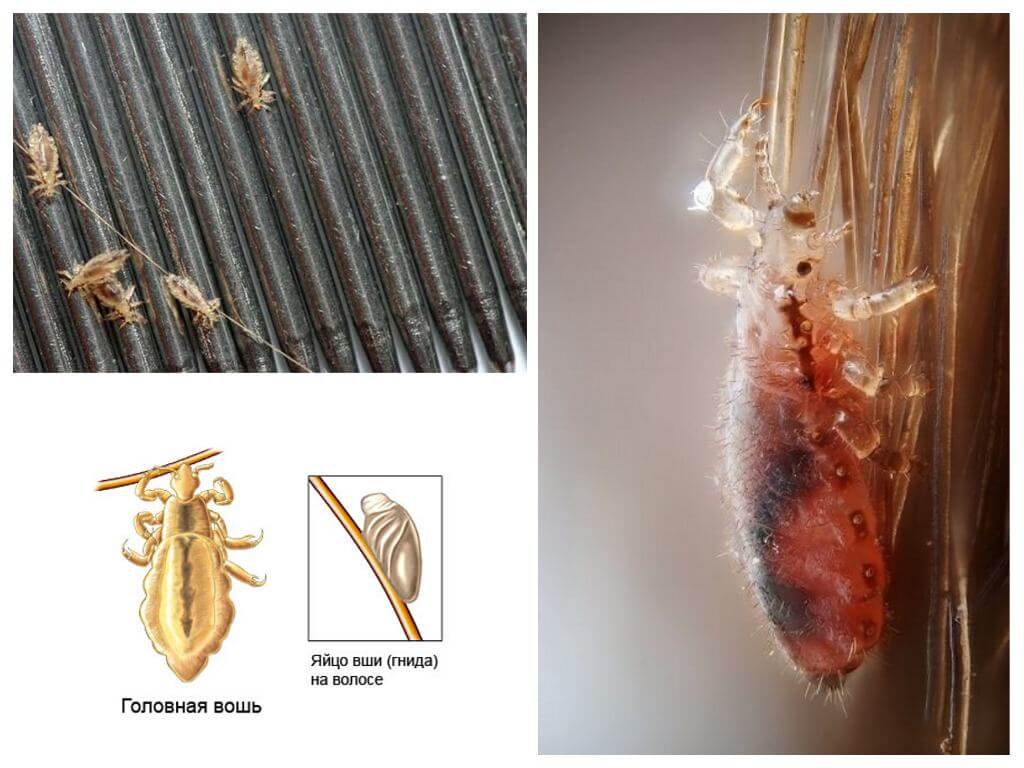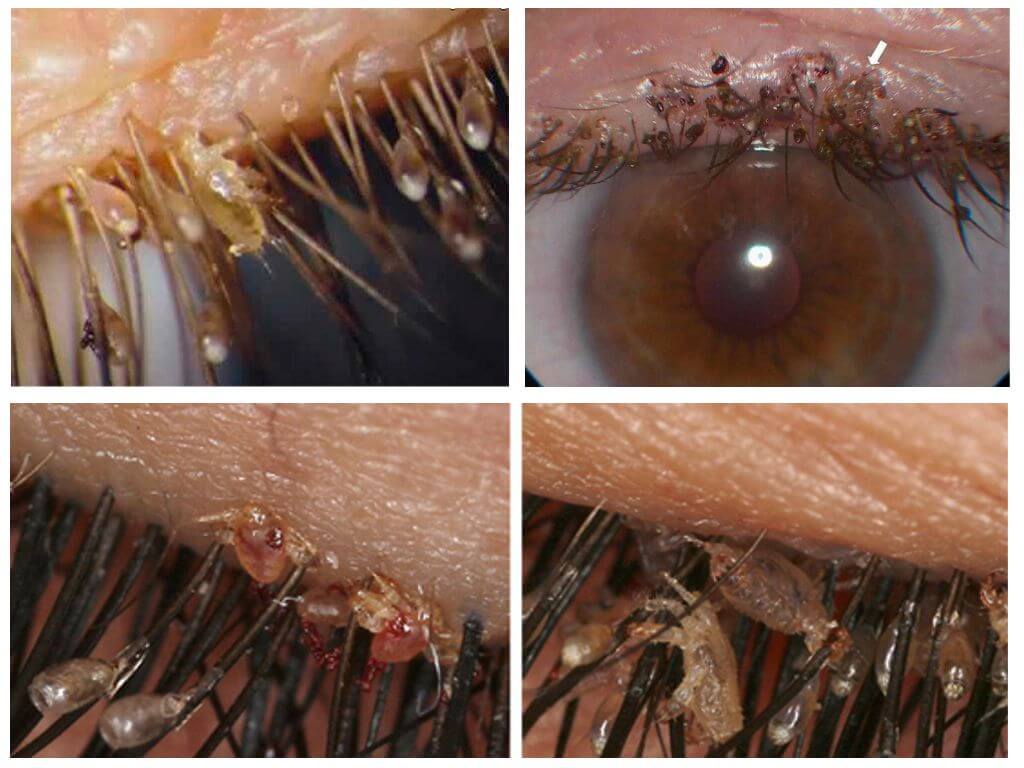- Pediculosis in children
- Lice Prevention
Pediculosis called damage to the skin and hair on the human body lice. The food for these parasites is the blood and lymph fluid of the victim. Especially often people living in unsanitary conditions are exposed to this disease. However, even a self-sufficient person is at risk of contracting this disease. Children are no exception. During contact, parasites very quickly penetrate the hair and skin, in connection with which it is very difficult to protect a child from this problem when visiting a preschool and educational institution. Therefore, the prevention of pediculosis in kindergarten is one of the most pressing issues.
Causes of infection
Even one child infected with lice is a serious danger to the entire group in kindergarten. There are several reasons for head lice. The main ways how lice are transmitted:
- direct contact - hugs, joint games or touching the head;
- the exchange of things, hats, as well as hair care items (combs, hairpins, hoops or elastic bands) promotes the transfer of lice and their eggs to the clean head of the child;
- shared bed - quite often during a quiet hour, children can toss and turn, laying down on someone else's bed.
Symptoms of Pediculosis
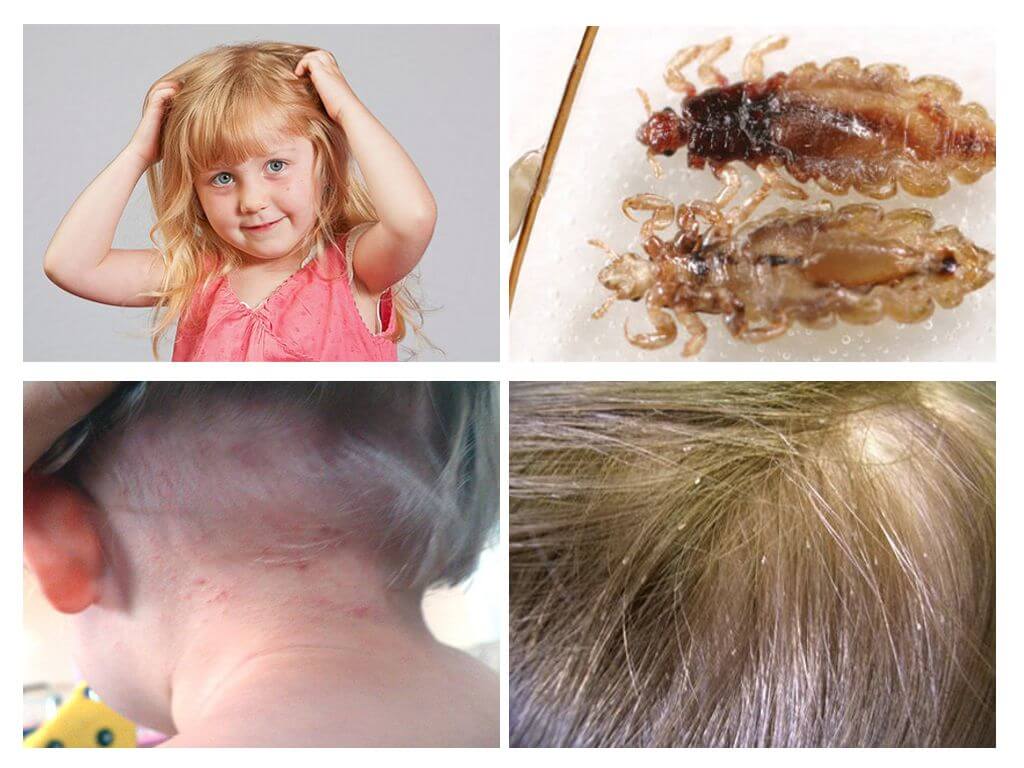
The main signs of a head lesion in a child with lice are:
- lice bites cause severe itching;
- the presence of wounds and scratches in places of damage to the skin;
- with a thorough examination, you can find not only the eggs of insects (nits), but also the lice themselves.
How lice and nits look on hair, demonstrates a photo.
Discovering symptoms of pediculosis in a childeducators should take appropriate action immediately.
Preventive actions
The question of the fight against lice and pediculosis treatment is on the agenda of every childcare institution. After all pick up lice possible even with personal hygiene. Therefore, the Ministry of Health has developed a special order on pediculosis in educational organizations, according to which children are not allowed to be taken to kindergartens infected with lice and nits.
For examination honey. the employee must use a special comb with frequent teeth, which is subsequently disinfected without fail. Only regular examination of children for pediculosis in kindergarten will help prevent the spread of the disease. According to the decree of the sanitary-epidemiological service, it should be carried out monthly. Data is written to pediculosis examination log.
Pediculosis information should be provided to parents at specially organized parent-teacher meetings. There is also a pediculosis instruction for educators and educators. It contains information on preventive rules that contribute to the prevention of the disease.
About what to do if pediculosis in a kindergarten, every employee of a kindergarten with a medical education should be aware. The actions of a nurse with pediculosis should be carried out in the following order:
- Having discovered lice in the child, the nurse is obliged to isolate him, informing the parents and the administration of the DOE about this.
- It is mandatory to examine children who have had contact with an infected child.
- Recommend to parents a program of preventive measures at home.
- Mandatory is the disinfection of the premises, including the processing of bed linen, which include quarantine measures in the DOU.
- The duration of quarantine for pediculosis is 30 days.
- A child with pediculosis is allowed to attend kindergarten after visiting a clinic, as evidenced by a specialist’s certificate.
On a note!
Preventive measures in children's institutions are carried out by the leadership in a forced manner in accordance with the order of the Ministry of Health of the Russian Federation No. 342, published in 1998. In 2016 was adopted new Sanpin on pediculosis.
What parents need to know
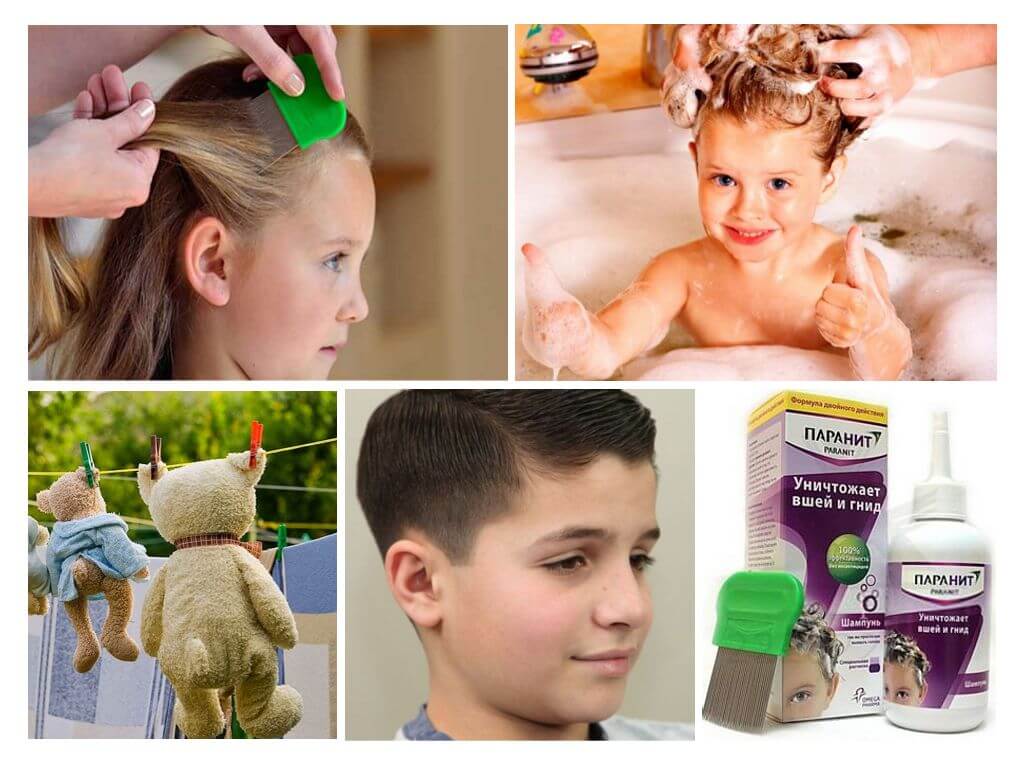
With the advent of lice in a child faced by many parents. In most cases, the fault was the contact that the child maintained in the garden with his peers. By virtue of their age, children still do not understand that it is not safe to exchange a cap or a panama hat, a hairpin or a comb.
Get rid of lice very difficult, so the best measure is to prevent the disease. It is for these purposes that counseling for parents is conducted in child care facilities, where you can get answers to all your questions. The plan of preventive measures at home includes:
- Daily hair care - they must be combed thoroughly using a thin serrated comb. Regular examination of the hairline will help to detect parasites in a timely manner and prevent breeding lice.
- In the garden, boys should wear short haircuts. Long hair in girls is best braided into a braid.
- Hats, clothes, bedding and toys should be washed regularly.
- Carpets and upholstery should be cleaned twice a week.
To prevent the child from becoming infected with pediculosis in kindergarten, it is necessary to follow simple rules:
- personal items of the child should be placed in the locker allocated for him;
- try to explain to the baby that playing on a common carpet is unsafe;
- teach the child to cover the pillow with a home towel for a quiet hour, which should be washed regularly;
- for preventive purposes, periodically treat the child’s hair prophylactic;
- daily careful checking of the hairline for lice can prevent the spread of the disease.
Means of struggle
Pediculosis control measures are application antiparasitic drugs, the development of which is designed to destroy lice and their eggs (nits). One of the most effective means is spray: it can be used both for the treatment of pediculosis and for prophylactic purposes. The composition of the product includes insecticidal components that are detrimental to lice.
The solution is sprayed over the entire length of the hair. After that, the child’s head is covered with a plastic cap or bag and left in this state for the time specified in the description (its duration depends on the brand of the product). Then the hair is washed using daily shampoo, and the dead lice and nits are removed from the hair with special comb.
Pediculicidal shampoo - The safest remedy that is often used for preventive purposes. To protect themselves from the epidemic of head lice, it is enough for them to regularly wash their hair not only for the child, but also for all family members.
On a note!
They have excellent repellent properties. essential oils. The pungent smell of anise, clove, eucalyptus or lavender oil affects the nervous system of lice, scaring them away.
Useful tips on what to do if pediculosis in the kindergarten is presented in this video.
